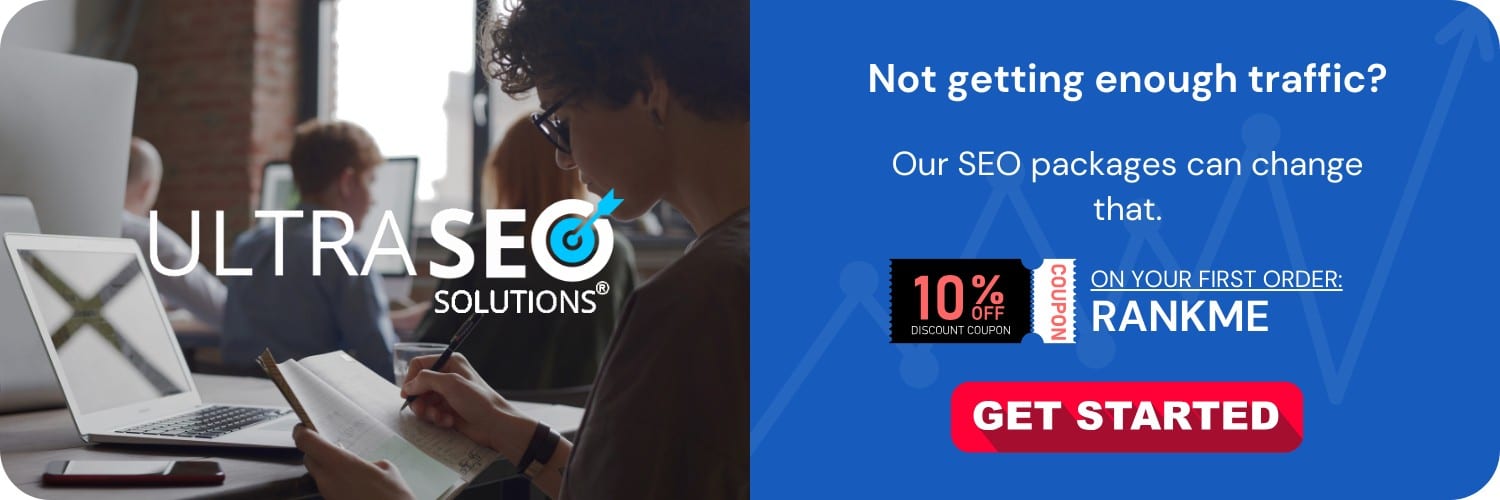
Search Engine Optimization (SEO) plays a crucial role in content distribution as it amplifies the visibility of content to the target audience and enhances discoverability. By optimizing content with relevant keywords, earning backlinks, and ensuring a user-friendly website, SEO helps content reach and engage with more people who are actively searching for that type of information or solution online.
Understanding the Synergy Between SEO and Content Distribution
The Importance of Keywords in Content Visibility
One of the first steps in content distribution is making sure that the targeted audience can find your content. This is where keyword optimization comes into play. Keywords are the terms and phrases that users type into search engines when they’re looking for information. By strategically incorporating these keywords into your content, you boost the likelihood that search engines will rank your pages highly in search results, thus increasing visibility.
SEO does not just involve single keywords but also focuses on long-tail keywords and user intent. These are more specific phrases that visitors are likely to use when they’re closer to a point-of-purchase or when they’re using voice search. Understanding and leveraging long-tail keywords can significantly improve content reach as they align closely with specific search queries.
Link Building and Credibility
Link building is another cornerstone of SEO that impacts content distribution. Backlinks are links from other websites that point back to your content. These function as votes of confidence from the online community and are critical factors that search engines use to gauge the authority and credibility of your content. The more high-quality backlinks your content has, the more likely it is to rank well in search results, making it more accessible to a broader audience.
Content may also be distributed through internal links, which are links to other pages on your own website. These also contribute to SEO by allowing search engines to crawl the site more effectively and understand the hierarchy and value of the content you offer.
User Experience and Retention
SEO isn’t just about attracting visitors; it’s also about keeping them engaged. A well-optimized site with a seamless user experience (UX) is more likely to retain visitors and encourage them to explore more content. Page load speed, mobile-friendliness, intuitive navigation, and high-quality, relevant content are all aspects of SEO that work to keep the audience engaged, thereby aiding in content distribution.
A site that is optimized for UX is also more likely to be shared by visitors across social channels and other mediums, further expanding the reach of the content.
Strategic SEO Tactics for Effective Content Distribution
Content Optimization Techniques
To effectively distribute content, it’s crucial to optimize all on-page elements, including titles, headings, meta descriptions, and images. This not only helps search engines understand and index the content but also enhances click-through rates (CTR) from search engine results pages (SERPs), compelling more users to engage with the content.
Quality content also includes maintaining a natural keyword density, using synonyms and related terms, and creating comprehensive content that thoroughly answers audience queries.
Utilizing Structured Data
Structured data markup is a powerful SEO tool that helps search engines understand the context of your content. It can lead to the creation of rich snippets in SERPs—like star ratings, images, or additional information—which can improve visibility and CTR.
The use of Structured data is becoming increasingly important as search engines look to provide direct answers to user queries through features like the Google Answer Box.
Mobile Optimization and Voice Search
Mobile optimization is no longer optional for effective content distribution. With the majority of searches now occurring on mobile devices, mobile-friendly content is paramount.
Voice search is also changing the game in SEO. The content should be optimized for conversational phrases and questions that users are more likely to speak rather than type. This aligns with search engines’ understanding of natural language, which is critical for being found in voice searches.
Making the Most out of Channels and Analytics
Integrating Social Media with SEO
Social media channels are powerful avenues for content distribution. While social signals do not directly impact SEO rankings, they help in extending content reach and generating traffic, increasing chances for backlinks which indirectly benefit SEO. Therefore, aligning SEO strategy with social media content distribution efforts can create a synergy that enhances overall content visibility and sharing.
Leveraging Analytics for Content Insights
Understanding how users interact with your content is essential. Using tools like Google Analytics can provide insights into which pieces of content are performing well, how users are finding your content, and where there might be drop-offs in engagement. These insights allow for the fine-tuning of both SEO and content distribution strategies for better performance.
SEO in the Evolving Landscape of Content Distribution
The role of SEO in content distribution is continually evolving. New technologies, ever-changing search engine algorithms, and changes in user behavior all dictate shifts in how content should be optimized for distribution.
For instance, the rise in artificial intelligence and machine learning means that search engines are getting more proficient at understanding user intent, content relevance, and quality. Staying updated on these changes and adjusting strategies accordingly is crucial for maintaining content visibility and reach.
Finishing Thoughts
In the ever-expanding digital space, SEO is not just a set of technical guidelines but a dynamic tool that melds with content distribution strategies to efficiently reach and connect with audiences. A strong SEO foundation can significantly enhance the discoverability and appeal of content, leading to better engagement, conversions, and ultimately, a stronger online presence. As audience behaviors and technologies evolve, so must SEO approaches in content distribution, always with the ultimate goal of putting high-quality, relevant content in front of the right people at the right time.
Frequently Asked Questions
What is SEO and how does it relate to content distribution?
SEO or Search Engine Optimization is a digital marketing strategy focused on improving the visibility of a website or a web page in a search engine’s unpaid results—often referred to as “natural”, “organic”, or “earned” results. SEO relates to content distribution by ensuring that the content you create is found, read, and shared by a wider audience by making it more discoverable on search engines like Google, Bing, and Yahoo.
Why is SEO important for content distribution?
SEO is crucial for content distribution because it helps to increase organic traffic to your content through search engines. By optimizing your content with relevant keywords, meta tags, and providing value to the reader, your content is more likely to rank higher on search engine results pages (SERPs), leading to more visibility and higher click-through rates. In essence, it bridges the gap between your content and your target audience.
What elements of SEO should be considered when distributing content?
There are several elements to consider for SEO when distributing content. These include:
- Keyword Research: Identifying the keywords that your target audience is searching for.
- On-Page SEO: Ensuring your content includes the keywords, has relevant meta tags, descriptive URLs, and is formatted correctly for easy reading.
- Quality Content: Writing valuable, informative, and engaging content that answers users’ questions and encourages sharing.
- Mobile Optimization: Ensuring your content is responsive and provides a good user experience on mobile devices.
- Link Building: Acquiring high-quality inbound links from reputable sources, which helps to improve the authority of your website.
- User Experience: Providing a fast-loading page, clear navigation, and a low bounce rate.
How can I measure the success of SEO in my content distribution?
Success in SEO can be measured using various metrics including:
- Organic Traffic: The number of visitors coming to your content from search engines.
- Search Engine Rankings: The position of your content on SERPs for relevant keywords.
- Conversion Rate: The percentage of visitors who take the desired action, like subscribing or making a purchase.
- Click-Through Rate (CTR): The ratio of users who click on a specific link to the number of total users who view a page, email, or advertisement.
- Bounce Rate: The percentage of visitors who navigate away from the site after viewing only one page.
- Backlinks: The number and quality of external links pointing to your content.
These metrics can be tracked using tools like Google Analytics, SEMrush, Ahrefs, or Moz.
Does SEO replace the need for other forms of content distribution?
No, SEO does not replace other forms of content distribution such as social media, email marketing, or pay-per-click advertising. Instead, it complements them. All forms of content distribution work best when used together in a holistic content marketing strategy. SEO ensures your content is optimized for search engines, but spreading your content across multiple channels increases overall reach and engagement.
How often should I review my SEO strategy?
You should review your SEO strategy regularly, ideally on a monthly basis, to keep up with the latest search engine algorithm updates and to analyze the performance data of your content. Regular reviews and adjustments help you stay competitive, identify new opportunities, and ensure that your content continues to rank well and reach your target audience.






